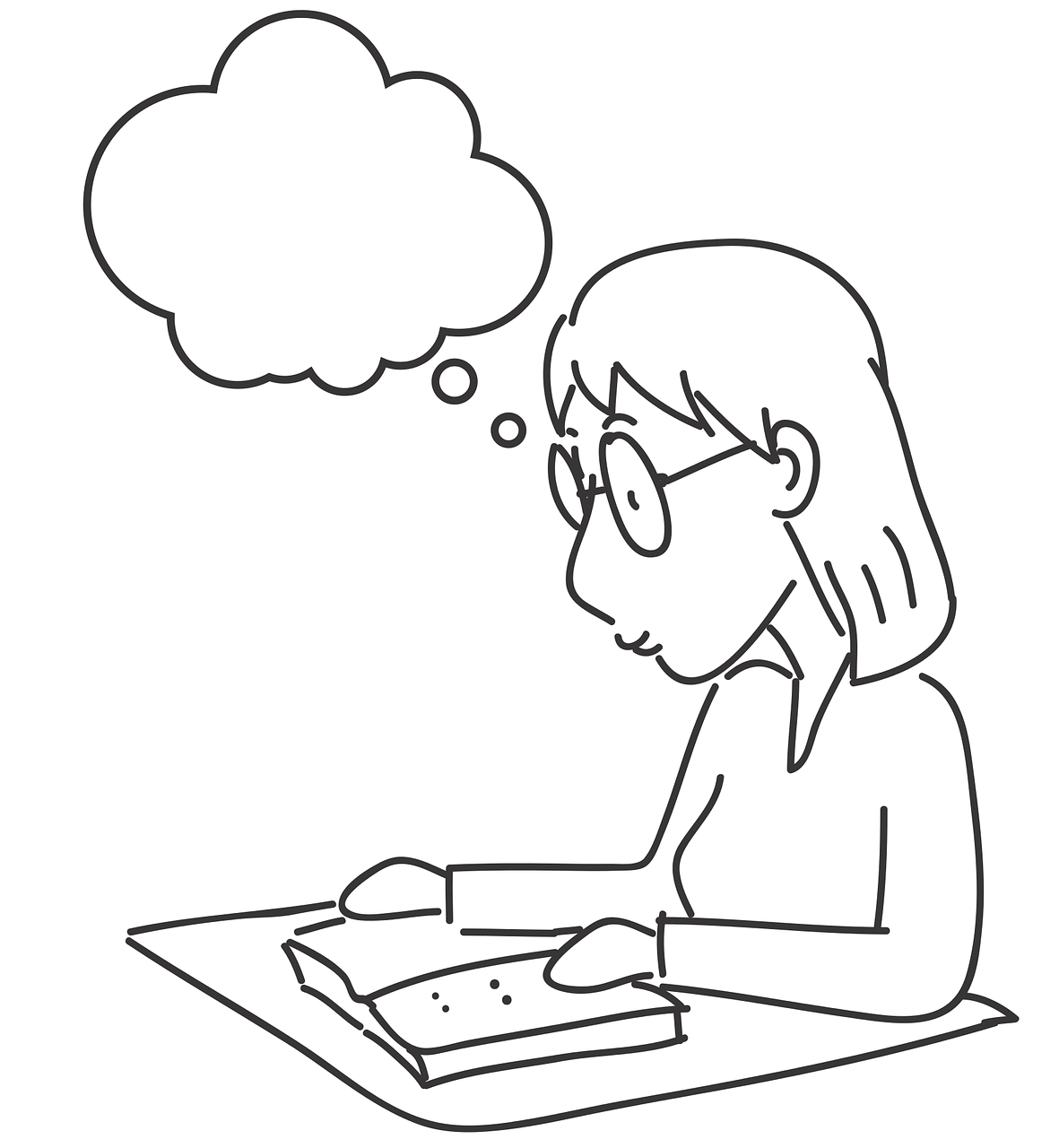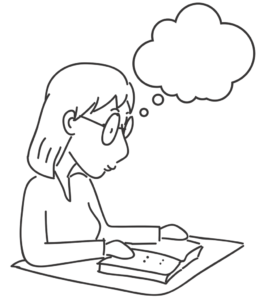Defined simply, stress is the body痴 reaction to a threat or challenge resulting from a situation (called a stressor) that can be either positive or negative. The body does not differentiate between psychological and physiological stress.
Physical Symptoms:
Physical changes when under stress may include tense muscles, pounding heart rate, cold or clammy hands, headache, sweating, and a feeling of butterflies in the stomach, dry mouth, stomach ache, heartburn, colds, fatigue, constipation, teeth grinding, skin rash and back pain.
Mental and Behavioral Symptoms:
Irritability, anxiety, apathy, nervousness, depression, hostility, forgetfulness, confusion, short temper, overeating, under-eating, overly emotional, excessive smoking/drinking and withdrawal from relationships.
Other signs of stress include talking faster than normal, biting one痴 nails, pacing, restlessness, hyperactivity, distractibility, and trembling. Under chronic stress the person will seem tired, restless, and feel out of control.
How to get rid of Stress?
Research has shown that best tension reliever is physical exercise. It is a great remedy for stress. No other thing comes near exercise in reducing stress. Exercise also helps you sleep by relaxing the tense muscles.
Positive Benefits:
1. Exercise is a diversion that enables you to relax due to a change in environment or routine. It also serves as an outlet to dissipate emotions.
2. It improves blood flow to your brain, bringing additional sugars and oxygen that may be needed when you are thinking intensely.
3. When you think hard, the neurons of your brain function more intensely. As they do this, they can build up toxic waste products that can cause foggy thinking. By exercising you speed the flow of blood through your brain, moving these waste products faster.
4. Exercise can cause release of chemicals called endorphins into your blood stream. These give you a feeling of happiness and positively affect your overall sense of well being.
5. There is also good evidence that physically fit people have less extreme physiological responses when under pressure than those who are not. This means that fit people are more able to handle the long term effects of stress, without suffering ill health or burnout.
In addition to a regular exercise program, you can incorporate these stress reducing exercises.
1. Do some gentle neck rolls to help get rid of the tension. Let your chin drop slowly forward. Slowly roll you head to you right shoulder, back, left shoulder and front. Now do the same in the opposite direction. Do it slowly and repeat 10 times.
2. Inhale 10 deep breaths. Fill your lungs full, hold and exhale slowly, ridding all the air. Repeat. The fresh dose of oxygen will also recharge your energy.
3. Lie on the floor or sit in a comfortable chair. With your hands at your side or on the chair arm, visualize each part of your body, beginning with you toes and moving up. Take your time and feel you body relax, bit by bit.
4. Sit on the edge of your chair, and lean forward, resting your chest on your knees with your hands and head hanging loosely. Slowly unroll you back, vertebra by vertebra, until you池e sitting up nice and straight. This is an excellent exercise for unknotting your back
5. Stand and stretch with you hands over you head. Swing down to touch your toes, bending your knees if you need to. Repeat 5 to 10 times. Now place your hands on your hips, with your legs apart. Bend forward until your chest is parallel. Turn your head and body slowly to the left, then right forward. Repeat five to 10 times.






